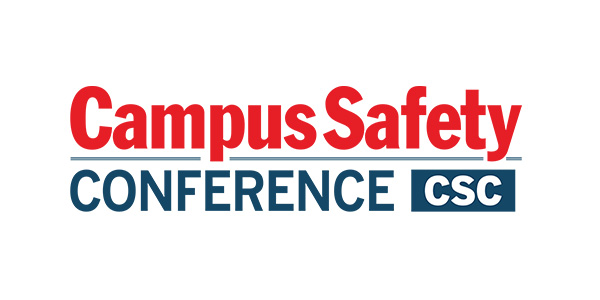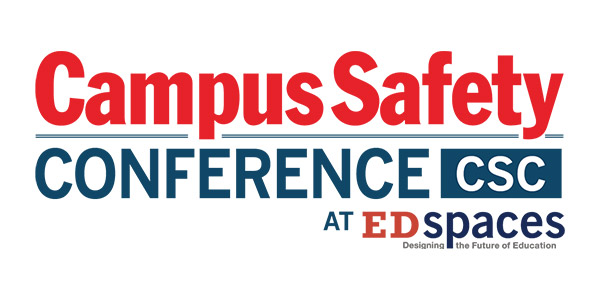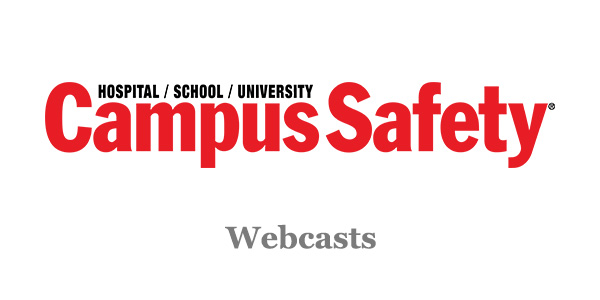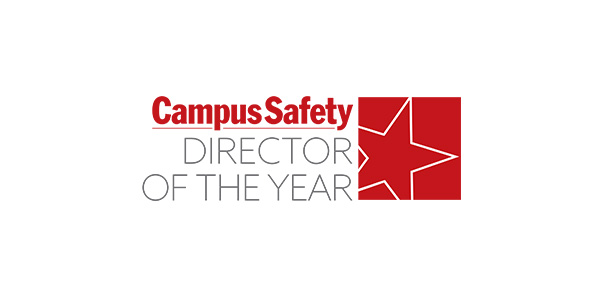According to Shaner, there are many elements that can make up a good recovery program – but there is no one formula that fits.
“Among the elements common to many treatment programs is developing motivation, providing peer support, creation of alternative methods of coping with problems, and developing new and more adaptive ways of interacting with others and finding personal satisfaction,” Shaner explains.
Find What Program is Right For Your Campus
“There are hundreds of things that can work based on campus specifics but there are thousands of things that don’t work. So that’s always the challenge,” says Reilly.
Reilly explains that UTK revamped its alcohol policies and means of enforcement only after conducting thorough research.
“I think first of all you need to do good data collection to find out where the issues are on your campus,” he says. “You can design or emulate really powerful programs but they might not meet the needs of your campus…Secondly, you should do some strategic planning to review the data and then devise interventions specific to that data.”
UTK has collected data on student drinking through the school year. The university will hold a strategic planning meeting in early summer to review the data and make changes to campus policies as needed.
Hernandez says St. Cloud’s decision to introduce recovery housing is linked to the larger goal of creating a more conscientious campus community.
“I think having a recovery program that is residential will be a good reminder for our students…that there are students in recovery living with them,” he says. “This program can help start the conversation about high risk drinking and the impact that it has on the community.”
How to Address Substance Abuse on Your Campus
No one formula will fit the needs of every college or university. It is important that you develop a program that will best address the issues specific to your campus:
1. Collect data. What high risk behaviors are your students participating in? How often?
2. Create policies or programs to address the problems demonstrated by your data. These can include environmental management or population-level interventions.
3. Enforce your policies. Train campus security officers, resident advisors or other relevant personnel to deal with policy violations in a consistent manner.
4. Train campus staff to recognize potential substance abuse problems and reach out to those students accordingly.
5. Provide helpful, up-to-date information and intervention to students who seek assistance for potential problems.
6. Partner with relevant agencies to coordinate treatment for students who require it.
The Effects of High-Risk Drinking in Colleges Each Year:
1,825 students between the ages of 18 and 24 die from alcohol-related injuries
696,000 students between the ages of 18 and 24 are assaulted by another student who has consumed alcohol
97,000 students between the ages of 18 and 24 are victims of alcohol-related sexual assault or date rape
110,000 students between the ages of 18 and 24 are arrested for alcohol-related violations
3,360,000 students between the ages of 18 and 24 drive under the influence of alcohol
Source: www.collegedrinkingprevention.gov
Related Articles:







